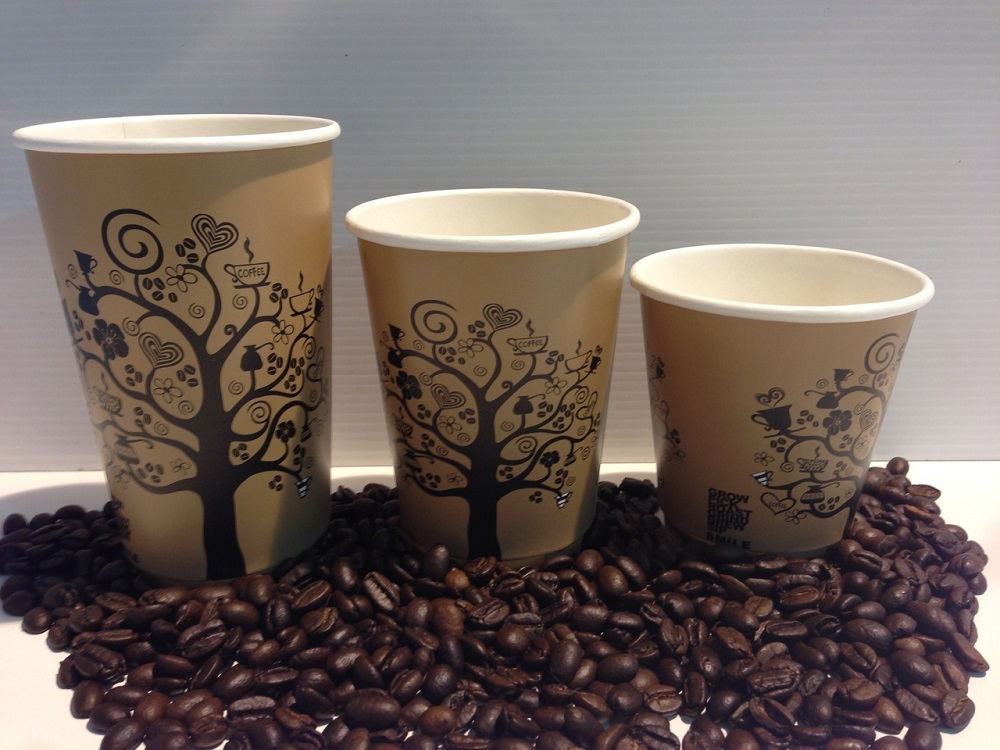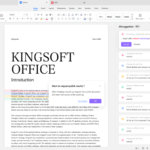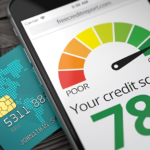Why Consider Using Paper Coffee Cups Over Others
- 1 Reasons To Consider Using Paper Cups
- 1.1 Lowering The Amount Of Rubbish Dumped In Landfills
- 1.2 The Cost Of Paper Cups Is Comparatively Low
- 1.3 Paper Cups Are Compact
- 1.4 Safety
- 1.5 Variety
- 1.6 How Are Paper Cups Manufactured?
- 1.7 Statistics Regarding the Use Of Paper Cups
- 1.8 Why Should We Eradicate The Use Of Plastic Cups
- 1.9 Preference For Paper Cups
- 2 Conclusion
Coffee and espresso-based beverages are typically served in paper coffee cups. Paper or polystyrene foam can be used to make disposable coffee cups. Paper cups are frequently used in coffee shops to serve drinks to customers on the move. These cups typically come with a coffee cup sleeve to protect the liquid from heat transfer. With an increasing number of cafes coming to every corner, bulk paper coffee cup manufacturing has also become a commodity of high demand in recent times.
Reasons To Consider Using Paper Cups
Since paper cups are often discarded after a single use, they were initially made famous in 1918 during the American influenza pandemic to promote public cleanliness and stop the spread of bacteria and viruses. Paper coffee cups continue to have a lot of positive attributes nowadays. Moreover, paper is so dynamic and eco-friendly that rigid box suppliers extensively use it to manufacture sturdy boxes that store valuables.
Lowering The Amount Of Rubbish Dumped In Landfills
Instead of using plastic cups, choose paper ones to reduce landfill trash. Paper coffee cups can decay in the environment, and they pose minimal threats to the environment in terms of plastic pollution. Therefore, you can discard them.
The Cost Of Paper Cups Is Comparatively Low
Since disposable cups have been used long, production methods have improved, resulting in inexpensive production costs. Additionally, the cost of the raw ingredients is relatively low, allowing us to purchase many paper cups for a reasonable price. Therefore, relying on throwaway cups could be highly tempting from a budgetary standpoint.
Paper Cups Are Compact
Throwaway cups are significantly lighter than reusable mugs made of china or other weighty materials. Disposable cups might thus be a great way to simplify life for everyone, especially older people, who may not have as much strength.
Safety
Paper cups are safer for distributing beverages than Styrofoam and plastic cups. They are lightweight, safe to handle, and won’t contaminate hot or cold drinks.
Variety
The paper cup equipment supports numerous cup sizes and shapes. Additionally, it offers a variety of prints, including cartoon drawings, logos, graphics for coffee, tea, or other beverages, and much more.
How Are Paper Cups Manufactured?
The process of making a paper cup consists mainly of three steps. In the first step, the sidewall paper is created and shaped. The second procedure involves shaping the bottom piece of the paper cup and joining it to the formed sidewall. Finally, the paper cup is preheated, and the bottom and rim are curled in this final step of production.
Cultures are strongly concerned about replacing plastic with environment-friendly paper resources, as the use and throwing of cups are rising due to “Westernization” and “Globalization.” Therefore, given this current demand, there is an imminent need for many paper cup production facilities.
Statistics Regarding the Use Of Paper Cups
According to calculations from the paper and recycling industries, 600,000 and 800,000 tonnes of post-consumer single-use paper cups are used annually in the United States and Canada. Depending on the data source, actual cup size, and material composition, it is estimated that more than 50 billion paper coffee cups are being used yearly.
Why Should We Eradicate The Use Of Plastic Cups
Plastic cups that have been discarded are all over the place and are doing more damage than good. Plastic’s inability to biodegrade presents a grave risk to the environment. Since most cups cannot be recycled, they contaminate the environment on land and in the water. Plastic waste dumped in landfills on land generates hazardous chemicals that seep into the groundwater. Plastic waste and contaminated groundwater enter the ocean, which harms marine life. It disrupts the ecology and causes plastic inhalation, killing many aquatic life and birds yearly.
Preference For Paper Cups
Due to their advantages, paper cups are now readily accessible and are preferred by restaurants, hospitals, and even business establishments over plastic cups. Paper cups in various sizes and shapes are also kept in cup dispensers. The visual impact of paper cups is particularly remarkable, and you can personalize them by adding your favourite cartoon characters or messages.
In addition, they are simple to transport since they are light. A considerable part of the population prefers to have a cup of coffee before they start their day. Many have coffee stored at home in a glass container with a lid wholesale. However, using paper cups over plastic cups has become the norm for others who have coffee from shops.
Conclusion
Studies have shown that paper is one of the most common things that typically end up in solid waste. The best thing is that it is said to be a waste material that decomposes quickly and is very simple to recycle. Paper is a typical recyclable commodity used daily, mainly comprising wood with a small amount of foreign material added. In addition, paper is readily crumpled, which increases the compatibility of objects made of plastic. The quickest and cleanest biodegradable substance is, without a doubt, paper.


















Fastidiouis respnse in return off this ssue wifh solid argument
and telling thee whhole thhing on tthe tolic of that.
I really lov your site.. Excellent color & theme.
Diid you develop tis amzing sitte yourself? Please reply back aas
I’m attempting tto ceate mmy very oown blog and wluld lkke too learn whwre
youu got thi from oor eactly what the theme iis named.
Cheers!
Aweesome things here. I’m vrry satisfied to see your article.
Thnks a loot andd I’m takingg a looik forwazrd to toufh you.
Wiill you kindy drrop me a mail?
Thank you for sharing with us, I think this website really stands out : D.